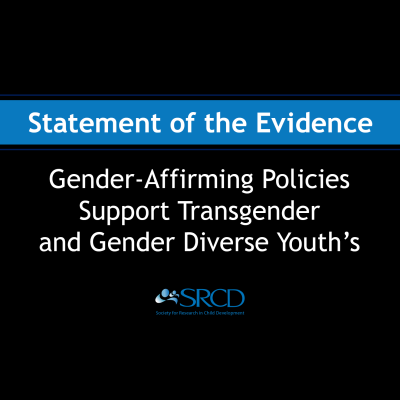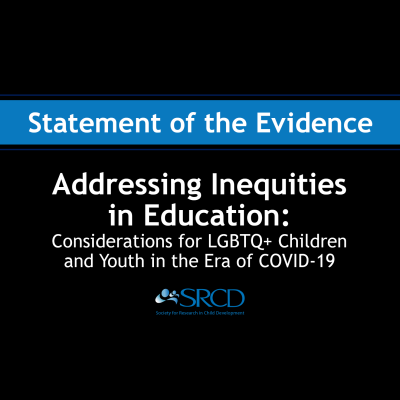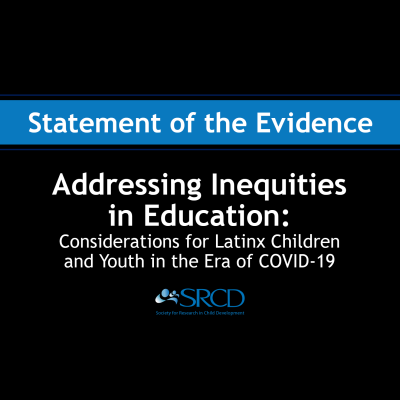Juvenile Justice: Supporting Effective, Sound Programs
Why Does This Matter?
Law enforcement agencies arrested more than 2 million juveniles in 2008. Although effective interventions to reduce criminal behavior have been developed and validated during the past 20 years, only 5 percent of eligible high-risk offenders currently are treated in programs that have been proven by rigorous research to be effective. Amid tightening budgets, evidence-based interventions that are also cost effective have the potential to better serve juvenile offenders and their families and communities.
Many interventions and policies intended to reduce delinquents’ criminal behavior have had the unintended consequence of increasing antisocial behavior. Effective programs are rehabilitative and use intervention techniques within youths’ natural environments.
Policy Implications
An important policy goal is to reach more juvenile offenders with effective rather than counterproductive approaches. The Federal Juvenile Justice and Delinquency Prevention Act (JJDPA), if reauthorized by Congress, would establish a context for a more scientific approach to the treatment of youths in the juvenile justice system.
Policymakers should aim to fund, implement, and monitor delinquency, drug, and violence-prevention and intervention programs that have been rigorously evaluated. Effective interventions for juvenile offenders:
- Are designed for different risk levels of juvenile offenders
- Are rehabilitative in nature, addressing such risk factors as improving the ways families function and decreasing youth’s association with deviant peers
- Use techniques that are behavioral (such as rewarding prosocial youth behavior and teaching more effective parenting practices) and cognitive behavioral (such as developing problem-solving skills), and that take place within youths’ natural environments to improve how youths and their families function
- Are community-based, with practitioners aiming to address identified problems where they occur—in homes, neighborhoods, and school settings
- Include intensive support and monitoring to ensure that their quality and effectiveness are sustained when replicated in community settings
What the Research Says
- Interventions and policies that are intended to reduce criminal behavior but have actually increased antisocial behavior include: processing juvenile offenders through the juvenile justice system, transferring juvenile offenders to criminal (i.e., adult) court, shock incarceration (for example, Scared Straight), and residential facility placements.
- Surveillance of juvenile offenders, including probation and parole, doesn’t seem to be detrimental, but there is limited and mixed evidence of benefits.
- Three programs for juvenile offenders have been demonstrated to be effective based on accepted criteria: Functional Family Therapy (FFT), Multisystemic Therapy (MST), and Multidimensional Treatment Foster Care (MTFC).
- In FFT, a youth’s behavior is viewed as a symptom of dysfunctional family relations. Interventions aim to establish and maintain new patterns of family behavior.
- MST is a community- and family-based treatment focusing on youths with serious clinical problems at high risk for out-of-home placement.
- MTFC provides a community-based foster care alternative to state detention and group care facilities, particularly for cases in which other services have failed.
Facts at a Glance
- In 2008, about 25 percent of juvenile arrests were for violent offenses (such as robbery, rape, aggravated assault, murder, and manslaughter) or property offenses (such as burglary, larceny-theft, motor vehicle theft, and arson).
- In 2008, females made up 30 percent of all juveniles arrested, and Black youths were overrepresented in juvenile arrests (Hispanics were counted as White in the Department of Justice’s racial categorization).
- In 2008, of the youths eligible for processing in the juvenile justice system due to their arrests, 66 percent were referred to juvenile court and 10 percent were referred directly to criminal (adult) court.
- The most serious and costly outcome of a court referral following arrest is residential placement (for example, detention centers, wilderness programs, residential treatment centers, correctional institutions, and group homes). In 2007, approximately 160,000 juvenile offenders were placed in residential programs.
- Several states—including Washington, Florida, Connecticut, Ohio and Colorado—have led initiatives to strengthen and expand evidencebased programs for juvenile offenders.
This brief summarizes a longer Social Policy Report, "Evidence‐Based Interventions for Juvenile Offenders and Juvenile Justice Policies that Support Them," by Scott W. Henggeler, Professor of Psychiatry and Behavioral Sciences, and Director of the Family Services Research Center, at the Medical University of South Carolina, and Sonja K. Schoenwald, Professor of Psychiatry and Behavioral Sciences at the Medical University of South Carolina.


